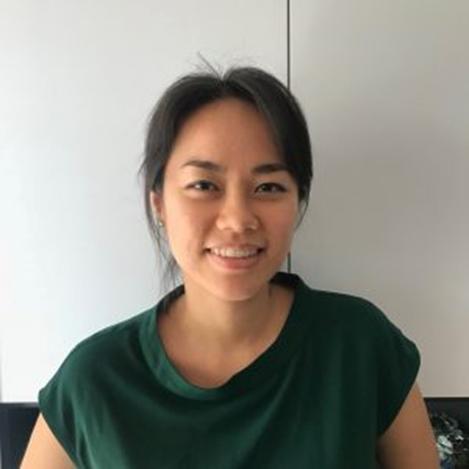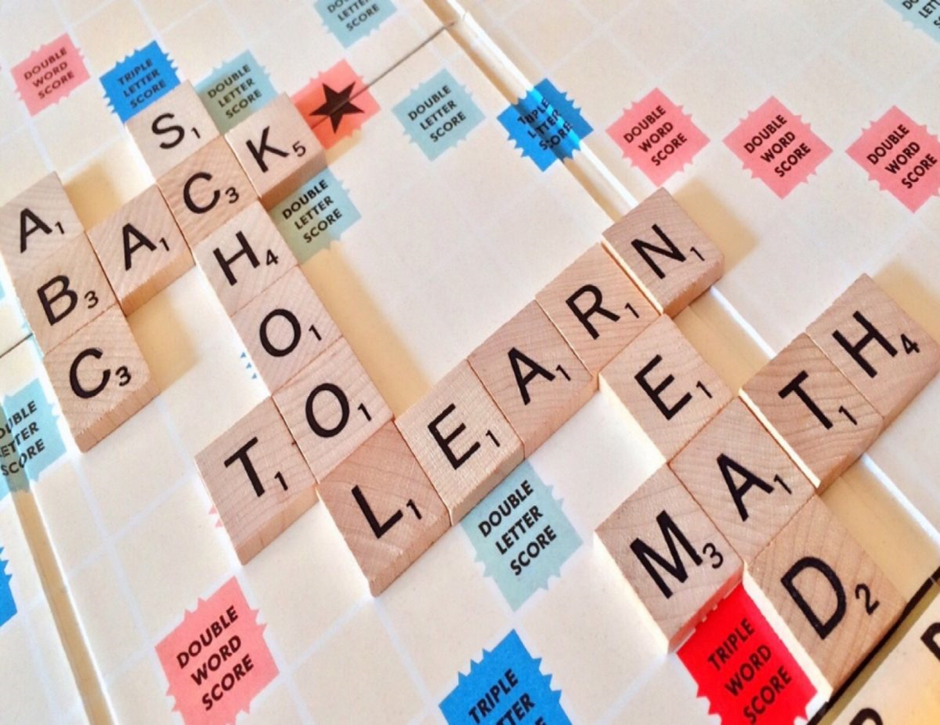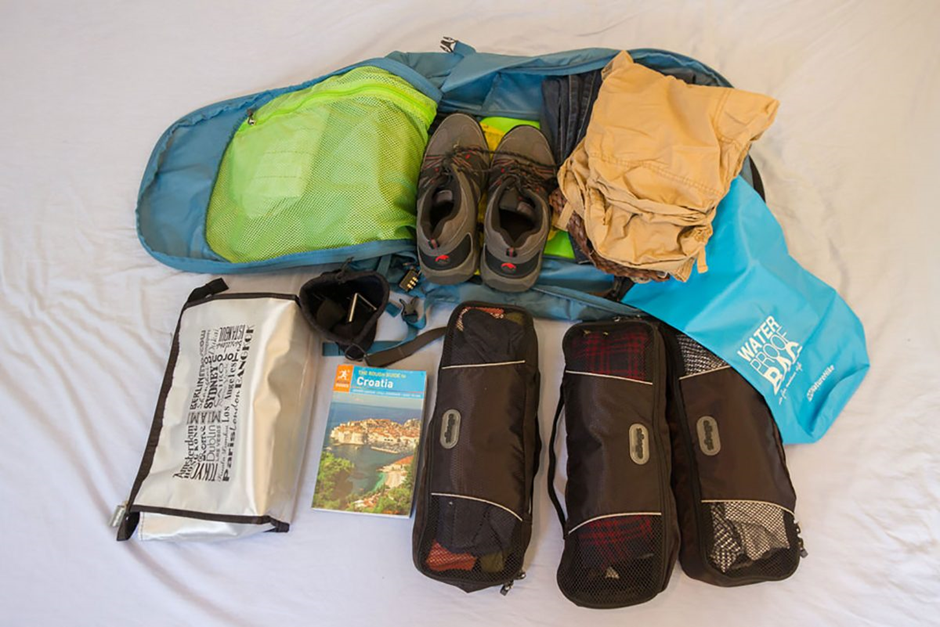Last month, as I was flipping through the physical copy of a newspaper pullout, I chanced upon an article that touched on the homeschooling system and its growing popularity among Malaysian parents and children as an alternative to other types of schooling systems available in the country. Coincidentally, in that same month, for my piece on international schools in Malaysia, I happened to learn from an interviewee that she had switched from the homeschooling system to an international school in Malaysia. These two instances motivated me to find out more about what it would mean to be homeschooled. Bearing in mind that I attended other types of schools in Malaysia, I decided to turn to at least one who was a product of the homeschooling system.

As the daughter of a merchant navy sea captain, Straits-born Charmain Sim switched from the public school system to the homeschooling system partly because it provided her with the flexibility to study anytime, anywhere, and still be able to bond with her family. When asked to elaborate, “Unless we’re home, I’d be on the ship, where we would spend most of our time on.” She clarified, “My father’s company allows a captain’s family to travel with him on his ships.” Sim, who homeschooled from 12 to 19 years old, revealed, “When I was 11, my younger sister and I actually took a few months out of (public) school to travel and study on our own – with the school’s permission. We came back in time for the end-of-year exams.” Sim added, “Logically, to do that frequently would be taxing on both us and the school.” Anchored on her belief that homeschooling provides a more holistic approach to education, the Malacca native said, “Homeschooling is about self-motivated learning, critical analysis, and learning at one’s own pace.”
When asked about the syllabus that she ended up doing, she said, “I did a homeschool program offered by an actual physical school in Illinois, USA.” When asked to expand on the decision-making process, “Someone recommended three syllabi to us, and one of them was the American syllabus. The most established homeschool programs are American. The way the program was structured also stood out to us.”
As for the requirements for Malaysians to be homeschooled:
At the time my sister and I began homeschooling, my parents called up the relevant ministry for information and permission. According to the guidelines then, as long as I had solid reasons, I was only required to do a syllabus other than the Malaysian one.
On the differences between attending an actual physical school and homeschooling:
You are allowed to decide on the choice of subjects, and placement is determined based on one’s ability. You also have to plan out your studies yourself. When you’re younger, the parents will usually plan and teach you. However, once you’ve reached secondary school level, you should be able to plan everything out independently. As and when necessary, you can take your own holidays.
When asked if she was able to cope, and if there was anyone to track her progress, she revealed, “My mother would check my work occasionally to ensure that I was on track. Otherwise, I did most of the studying on my own.” She noted, “My first year of adjustment was filled with hurdles, which was why I took two years to finish my grade seven. However, by the end of grade seven, I learned how to plan and pace my studies and it was fine after that.”
When asked if she was able to cope with the materials and textbooks provided, she said: The materials and textbooks were really comprehensive. It was only when I had to do my research papers that I had to source for further reading in the form of physical books, which came from a number of libraries. She went on, “By the time my younger sister reached high school, the Internet was available so she used the Internet.”
In terms of networking with other homeschoolers, she stated: The program I was part of had its dedicated online forum for homeschoolers. It was also helpful that I knew a number of homeschoolers, so I connected with them as well.
Something that stood out to me was her response to how extra-curricular activities worked, as there was very little structure. She shed light on this by saying, “It’s more of making time for activities and pursuits that are healthy and useful in the long run. Be it knitting, clay art, writing stories, shopping for groceries, computer programming, or ballet, it’s acceptable.” My interpretation is that there’s more flexibility because those who take up homeschooling are not as confined to clubs and societies and their respective schedules as is the case in traditional schools.
As I was curious about assessments and how their submissions worked, this is what she had to say:
There were tests throughout the year with cumulative scoring, and some subjects had both mid-year and end-year exams. Answer keys and teaching guides were also provided to the parents, not just for tests but for the schoolwork. During my high school years, I enrolled into a program where I had to actually submit my tests, exams, and some schoolwork for assessment and grading. I remember submitting them via FedEx, haha. I definitely received my grades. The school also sent me a certified transcript and a high school diploma at the end of the 12th grade.
Seeking clarity on the cost of homeschooling, here’s what she said:
Actually, the cost was much more affordable compared to a private school. It cost my parents about RM 2,000 per year to homeschool both my sister and I, inclusive of shipping costs. This was back then when the cost of living isn’t what it is today. In Malacca, at least, it’s about slightly more than that per semester in a private school.
Responding to my question on the challenges she had faced, the writer and editor said:
Although I was more inclined towards arts and humanities, I knew that for science subjects, what was evident was a lack of materials for experiments, especially as you advance to a higher grade. It would have been nice to try some of the tests and experiments out. In the US, there are usually avenues where one can rent a lab or materials and such. However, in Malaysia, there’s little access to facilities and apparatuses to help with anything hands-on.
I also wished I had allocated more time to improve on my Malay and learn Mandarin. I’m conversant in Malay, no problem, but it would have been better to have studied it a bit more. As for Mandarin, well, I took up Spanish instead, hahaha…
For Sim, who tries to make it home once every six weeks from her base in Singapore, the homeschooling experience has made her (1) think critically, not just during her undergraduate days, but in general, (2) more daring to take the road less travelled and (3) lead a more graceful life*.
*In this case, the interviewee sat for the SAT (usually associated with placements into colleges and universities in the US) separately, and used her available certified documents from her homeschooling years, as proof to gain entry into an international university that has a branch campus in Malaysia. The interviewee also completed the compulsory Pendidikan Moral, Malaysian Studies, and Bahasa Kebangsaan A subjects (as per Malaysia’s Ministry of Education requirements) at the same international university she used to attend as an undergraduate.










Showing 0 comments